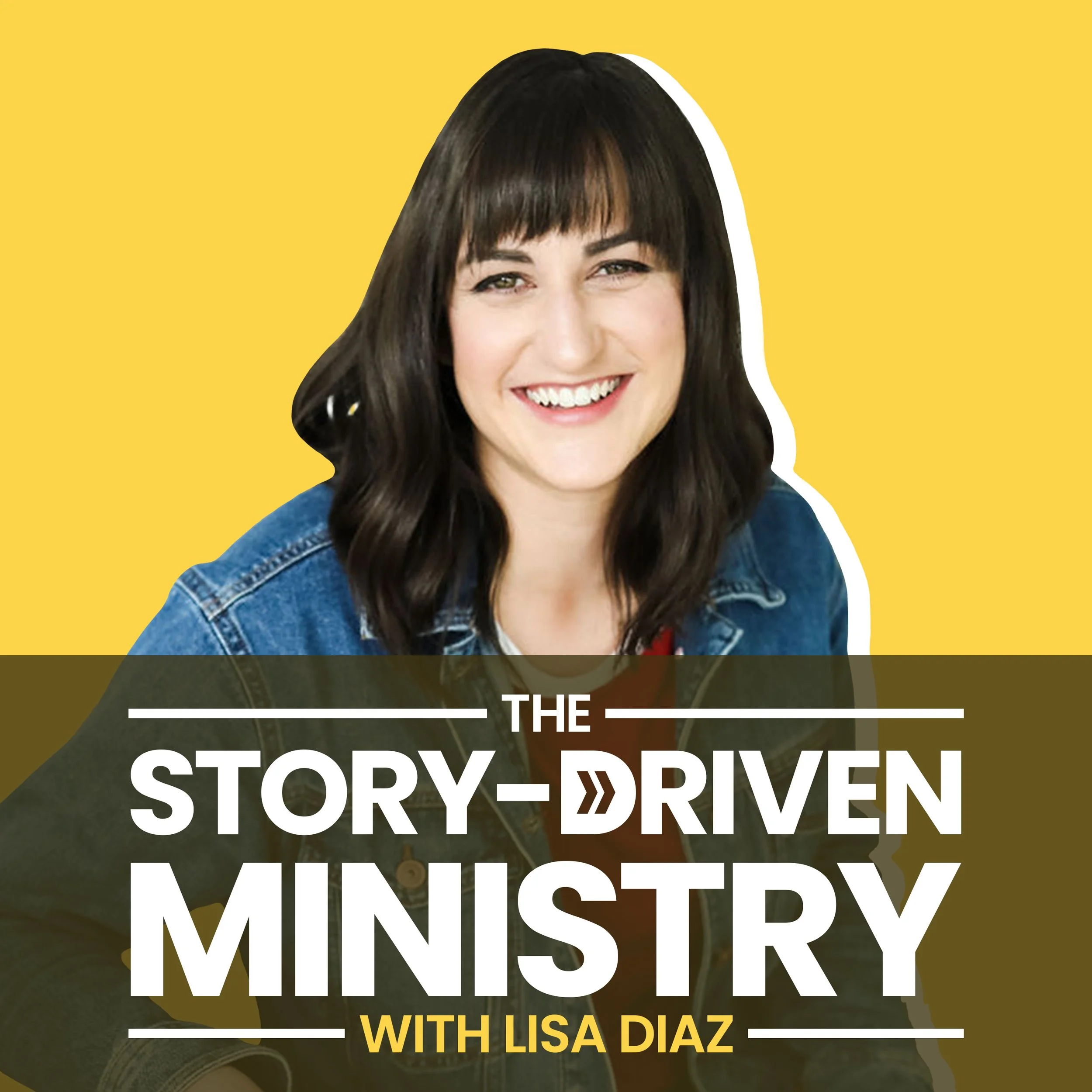Ep. 05 | 7 Steps to Engage Your Donor: The Story Framework
If your ministry messaging is focused on what you’ve done, what you’ve accomplished, and how hard you’re working… it might be unintentionally pushing your donors away. Your messaging is not the place to boast. It’s the place to invite your donors into a meaningful, transformational story—their story.
In this episode of The Story-Driven Ministry, I unpack the storytelling framework I use with clients to clarify their ministry message and engage donors in a deeper way.
Why Your Messaging Might Not Be Landing the Way You Hoped
You’re pouring your heart into donor updates, impact reports, and appeal letters. You’re doing what you’ve seen others do—sharing stories, results, and the incredible work your ministry is accomplishing. But despite your effort, the response feels… quiet. Donors aren’t engaging the way you expected. And you’re left wondering, why isn’t this connecting?
One reason might be this: while your updates are heartfelt and sincere, they’re still centered around your ministry—your accomplishments, your needs, your mission. But your donor is reading it through a different lens. They’re asking, Where do I fit in? Am I part of this story?
When your donor doesn’t see themselves in the narrative, they can unintentionally feel like a bystander. Or worse, like a checkbook. And that sense of distance can quietly erode their connection to your cause.
The Secret? Don’t Make Yourself the Hero.
Your donor doesn’t want to be a spectator to your success. They want to feel like they’re the ones making the difference. When they read your email or land on your website, they should immediately feel like this is their story.
This is where a story-based messaging strategy becomes your secret weapon.
The Donor-Focused Story Framework
In the episode, I walk through the exact framework I use with ministry clients—a donor-focused narrative built around seven key plot points. It’s based on tried-and-true story structure, adapted for ministries who serve two audiences: the donor and the people you minister to.
Here’s a quick peek:
Main Character – The donor. Not you. Not your team.
Conflict – The donor’s internal desire to do something meaningful, purposeful, or impactful.
Secondary Character – The people you serve.
Their Conflict – The tangible need or challenge your ministry addresses.
The Helper & Plan – You. Your ministry is the guide connecting donor and impact. The specific way your ministry solves the need—through donor partnership.
Call to Action – A clear ask: Donate. Join. Take action.
Resolution – When your donor says yes, both their desire for purpose and the need in the world are resolved. If they don’t say yes? The need goes unmet.
Why This Works
When you position your donor as the main character, you’re no longer just sharing your story. You’re entering their story. And that’s where true engagement begins.
This framework doesn’t just help you write better appeals—it gives your entire organization a narrative to carry across platforms. Website. Emails. Social media. 1:1 conversations. Every interaction becomes part of a consistent story that makes donors feel valued, needed, and inspired.
Ready to Clarify Your Ministry Message?
If your messaging isn’t clicking…
If donor engagement feels low…
If you’re tired of pouring time into content that doesn’t convert…
Let’s change that.
I’ll walk you through this framework step by step in my 1:1 coaching program. We’ll create your Ideal Donor profile, build out your complete Ministry Brand Story, and apply it across your communication channels.
P.S. Want to see where your messaging might be going off track?
Download the free Ministry Messaging Checklist at irisstorytelling.com/checklist
-Lisa
More Episodes

